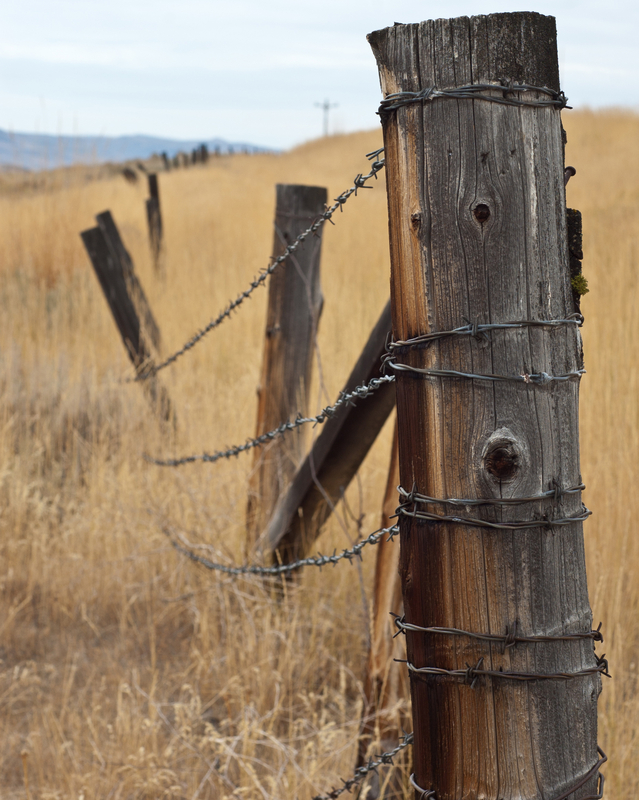Central to concerns of climate change science is the somewhat ill-defined concept of “tipping point,” a point at which a system is irreversibly propelled into a different state of equilibrium. What that means and what it looks like remain largely conjecture. An  interesting op-ed in last year’s NYT titled Searching for Clues to Calamity explores the concept. The central question relative to climate change is at what atmospheric concentration does CO2 need to exist in order to force warming to such a point where, like a switch that is stuck in the “on” position, a domino effect will result in rapid glacial retreat, rising sea levels, ocean acidification, etc.. You get the gist. Assuming there is such a tipping point (and that may be a big assumption for some), and we were to reach such a point, the earth would be a very different place according to many scientists.
interesting op-ed in last year’s NYT titled Searching for Clues to Calamity explores the concept. The central question relative to climate change is at what atmospheric concentration does CO2 need to exist in order to force warming to such a point where, like a switch that is stuck in the “on” position, a domino effect will result in rapid glacial retreat, rising sea levels, ocean acidification, etc.. You get the gist. Assuming there is such a tipping point (and that may be a big assumption for some), and we were to reach such a point, the earth would be a very different place according to many scientists.
A few months back, during one of those sleepless nights, I got out of bed, went downstairs and turned on the TV and happened to stumble upon one of the more fascinating National Geographic episodes I’ve ever watched. Then again, at 3 a.m., there probably aren’t too many things less stimulating than hours of gazing at the ceiling. The story went, archeologists in 2009 stumbled upon what is believed to be a 10,000 year-old killing ground for Caribou in the upper midwest. Large boulders the length of four football fields were found to be strategically positioned along a ridge believed to have been used by Paleo-Americans to hunt Caribou. The theory goes that the Caribou, whose migration patterns are influenced by linear structures, followed the rocks into an area where the early Americans were lying in wait. Now, this may not seem like a fascinating story, but here’s the kicker – these so-called killing grounds are 100 feet beneath the surface of Lake Huron. So, either early Americans were doing some serious free-diving or this was once a thriving terrestrial habitat. Granted, there could be other explanations for this mysterious rock formation at the bottom of Lake Huron, but the discovery itself raises a number of interesting questions.
The main point. The earth and its ecosystems are in constant flux, although change can be imperceptibly slow, sort of like watching your kids grow up – no perceptible change day-to-day, but those snap-shots over time are sure proof that change is happening. Or it can be fast, such as the mass extinction of dinosaurs. The earth is replete with examples of small-scale and regional change, where ecosystems are constantly shifting due to biotic exploitation, climate, nutrient loading, over-harvesting, or habitat fragmentation. Fewer cases, however, of global tipping exist and, therefore, we know very little about them and what caused them.
There have been numerous scientific studies, albeit mostly theoretical, on the topic of tipping to better understand the various states of equilibrium, the forcing events, and how to predict major ecological shifts. One of the better papers, Catastrophic Shifts in Ecosystems, published in 2001, discusses the complex dynamics in stochastic systems and the extreme difficulty in predicting catastrophic shifts. Another seminal article in 2012 in Nature on musings over environmental tipping points, Approaching a state shift in earth’s biosphere. One of the more important elements of this discussion and ecosystem dynamics is the concept of resiliency, that is the capacity for a system to withstand or endure external or internal disturbances, such as climate, fire or biotic forces. The authors of the 2001 paper conclude
Ecosystem state shifts can cause large losses of ecological and economic resources, and restoring a desired state may require drastic and expensive intervention. Thus, neglect of the possibility of shifts to alternative stable states in ecosystems may have heavy costs to society. Because of hysteresis in their response and the invisibility of resilience itself, these systems typically lack early-warning signals of massive change. Therefore attention tends to focus on precipitating events rather than on the underlying loss of resilience. For example, gradual changes in the agricultural watershed increased the vulnerability of Lake Apopka (Florida, USA) to eutrophication, but a hurricane wiped out aquatic plants in 1947 and probably triggered the collapse of water quality; gradual increase in nutrient inputs and fishing pressure created the potential for algae to overgrow Caribbean corals, but overgrowth was triggered by a conspicuous disease outbreak among sea urchins that released algae from grazer control; and gradual increase in grazing decreases the capacity of Australian rangelands to carry the fires that normally control shrubs, but extreme wet years trigger the actual shift to shrub dominance.
Prevention of perturbations is often a major goal of ecosystem management, not surprisingly. This is unfortunate, not only because disturbance is a natural component of ecosystems that promotes diversity and renewal processes, but also because it distracts attention from the underlying structural problem of resilience. The main implication of the insights presented here is that efforts to reduce the risk of unwanted state shifts should address the gradual changes that affect resilience rather than merely control disturbance. The challenge is to sustain a large stability domain rather than to control fluctuations. Stability domains typically depend on slowly changing variables such as land use, nutrient stocks, soil properties and biomass of long-lived organisms. These factors may be predicted, monitored and modified. In contrast, stochastic events that trigger state shifts (such as hurricanes, droughts or disease outbreaks) are usually difficult to predict or control. Therefore, building and maintaining resilience of desired ecosystem states is likely [sic] be the most pragmatic and effective way to manage ecosystems in the face of increasing environmental change.
Such studies are not perfect, nor is the science or art of predicting BIG change. However, the authors are correct in arguing the need for greater focus on the resiliency of ecosystems, rather than just focusing on the forcing events that could cause significant or catastrophic shifts. So, regardless of whether one believes or not in a carbon tipping point that will result in cataclysm, I would argue that many of the environmental stresses that we are observing, but particularly involving the earth’s water resources, such as eutrophic dead-zones in the Chesapeake Bay and the Gulf of Mexico, the over-harvesting of fish in the North Atlantic, the bleaching of coral reefs, and drugs in our water that are impacting aquatic life are affecting resiliency and are harbingers of things to come if we as a society are unable to figure out how best to fix these problems. Problems largely, if not entirely, caused by we lovable and implacable human beings. I witnessed first-hand during my work in Yellowstone the ecological effects of eradicating the wolf, a key-stone predator, as well as the adverse forcing effects of many decades of fire-suppression, discussed here. Some would argue, correctly so I believe, that human decisions and activities weakened the resiliency of Yellowstone’s ecosystems.
Though there is still much conjecture on a carbon tipping point, I am confident that the resiliency of many of our natural systems are being stretched to a point more than ever before where, even apart from climate change, the risks of significant or catastrophic shifts are becoming greater. I’m certainly no Malthus, but with the global human population estimated to grow to 9.5B by 2050, there will be many more mouths to feed, crops to grow, and shelters to build. This isn’t to say that humans, with the help of scientific innovation and ingenuity, can’t ably accomodate several billion more people on earth. My main point is that the stresses we homosapiens are putting on natural systems is reaching a critical point, see China – A Growing Threat to the Earth. As I’ve long argued, not only are many of these shifts bad for the environment and those critters who suffer the ill-fated effects, but as one who is deeply fond of humans, I can say with great confidence – or at least, greater confidence than those who have predicted climate sensitivity – neither is it beneficial for we humans. Rather than get caught up in the doomssaying, however, I think our focus is best directed at the opportunities that these challenges present. Opportunities, that if embraced, can yield a net good. But before that can happen more must accept and understand the challenges.

